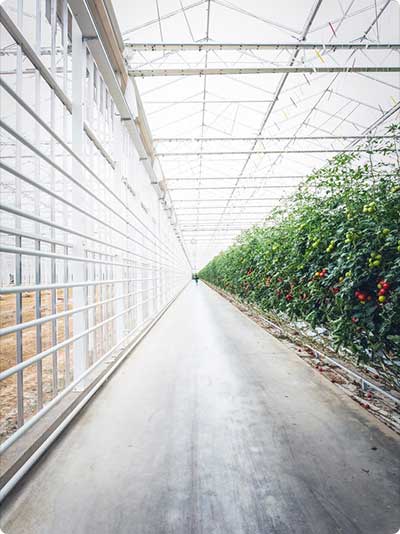Optimize sugar allocation. What does this mean and why is it so important for your crop? Read more about it in this knowledge article.
To start at the beginning, we all know that a plant produces sugars as a product of photosynthesis. These assimilates can then be used by the plant for growth, fruit formation but also as a means of exchange for other elements through symbiosis with other organisms. This means that when the plant optimally assimilates, (performs photosynthesis) a lot of sugars are produced. This would mean that the plant is able to grow optimally. However, this assumption overlooks a crucial element. The transport of these assimilates in the plant.
When this transport is not fast enough, large amounts of these assimilates are left behind where photosynthesis has taken place. In the leaf. This means that the plant does not get the nutrients it needs and on top of that a high concentration of assimilates that remain in the leaf attracts a lot of unwanted insects and other pathogens.
To optimize this transport, a number of variables need to be considered. For example, sufficient water is the most obvious one, but temperature differences in your crop can also prevent optimal transport of assimilates.
But there is another important thing to take into account. This has to do with the hormones that the plant produces. A plant, just like us humans, also has hormones that make certain processes happen in the plant. For example, hormones are also produced in the plant to control the redistribution of assimilates. To stimulate the production of these hormones, our product "Natural Growth" is extremely suitable. This product has, besides a number of other advantages, a positive influence on the hormone balance of your crop.
Would you like to know more about our products or have a question about the above? Then contact us now.






